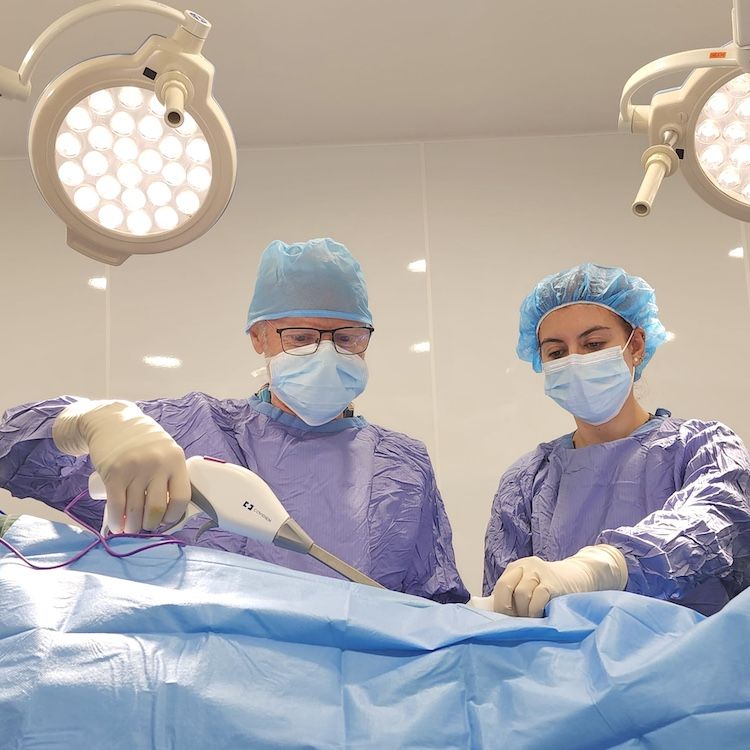East Coast Bays Vet Clinic is well prepared for a wide variety of procedures.
Fluid pumps
A syringe pump and multiple fluid pumps allow us to administer intravenous fluid therapy and medications accurately.
Electrosurgery and Vessel sealing
We have an electrosurgical device in both surgeries with one also providing vessel sealing. This provides precise control of bleeding during surgery and improves patient care and outcomes. The awesome vessel sealing device can safely seal and cut blood vessels upto 5+ mm in diameter without the need for sutures.
Sterilisation
Two autoclaves for steam sterilisation ensure we are always ready to operate with sterile equipment.
We also have gas sterilisation for delicate instruments which is a first for NZ. This allows endoscopic, laparoscopic and stapling devices for example to be sterilised properly rather than just disinfected.
Surgical lighting
We have high quality LED surgical lighting systems in both surgeries and at our dental table. A double head unit in our major surgery allows for more complex procedures.
Other equipment
We have a wide range of equipment in the background including orthopaedic instruments, two TPLO saws, two multifunction orthopaedic saws, suction, magnification, stapling devices, laparoscopic gear etc
